Crypto Recap
Feb 9, 2025
Weekly Crypto Recap (Feb 6th - Feb 9th)
Whales Activity
Tether CEO: Quantum Computing Won’t Kill Bitcoin, but It Could Unlock Satoshi’s Wallet
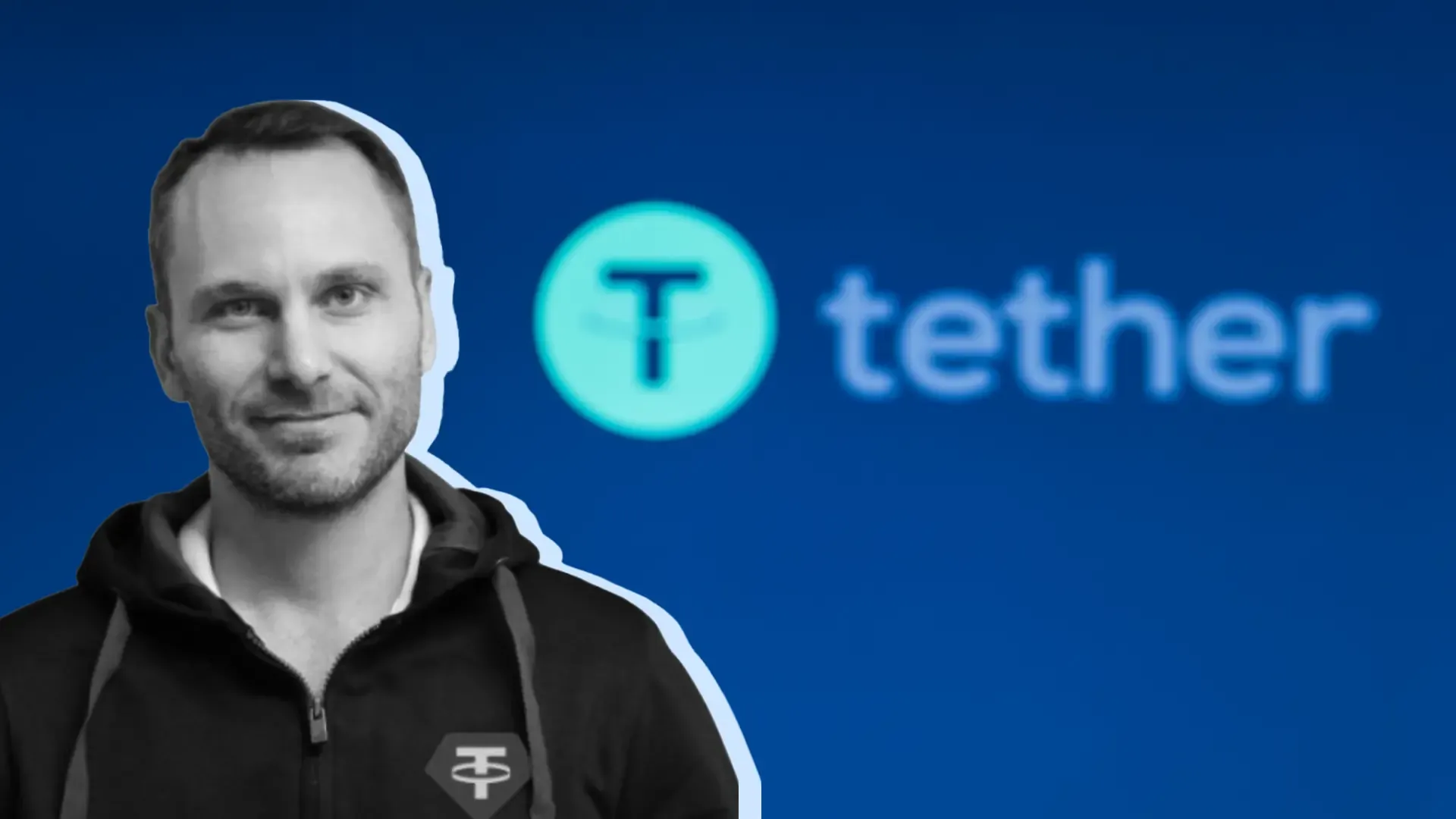
Background
Tether CEO Paolo Ardoino has suggested that advances in quantum computing could eventually crack older Bitcoin wallets, potentially bringing millions of lost BTC back into circulation. While Bitcoin is expected to adopt quantum-resistant addresses before this becomes a reality, some researchers believe the risk could emerge within five to ten years.
Key Points
Lost Bitcoin Could Resurface: If quantum computing can break elliptic curve cryptography, wallets currently considered inaccessible — including Satoshi Nakamoto’s estimated 1.1 million BTC — could be recovered.
Timeline for Quantum Threat: Scientists predict that within five years, commercial quantum computers may be capable of breaking Bitcoin’s security keys.
Impact on Bitcoin Supply: Over 3.5 million BTC are believed to be lost, but quantum advancements could challenge Bitcoin’s long-held scarcity assumptions.
- Bitcoin’s Defense Mechanism: Ardoino and other experts anticipate Bitcoin will transition to quantum-resistant cryptography before the risk becomes a real threat.
Key Takeaway
While quantum computing isn’t an immediate danger to Bitcoin, its evolution could alter supply dynamics by unlocking lost wallets. The industry’s shift to quantum-resistant security will be crucial in preserving Bitcoin’s long-term integrity.
Kanye West Denies Memecoin Launch, Calls Crypto Tokens a ‘Hype Trap’

Background
Ye, formerly known as Kanye West, dismissed rumors of a memecoin launch, stating on X that he has no plans to create a crypto token. His comments come after speculation that he was considering an entry into the crypto space, fueled by previous social media posts.
Key Points
Denial of Memecoin Plans: Ye explicitly stated, “IM NOT DOING A COIN”, adding that coins exploit fans through hype.
Past Crypto Offers: The rapper claimed he turned down a $2 million offer to launch a memecoin and declined a “fake coin tweet” promotion.
Speculation Impact: A Polymarket prediction market tracking Ye’s potential crypto involvement saw the probability of him launching a token drop from 40% to 13% after his statement.
- Controversial Social Media Activity: Ye’s recent erratic and offensive posts have reignited controversy, leading to further scrutiny of his actions in both the crypto and entertainment industries.
Key Takeaway
Despite ongoing speculation, Kanye West has ruled out any involvement in memecoins, criticizing their exploitative nature. His latest remarks have cooled market hype but kept the spotlight on his unpredictable behavior.
Pudgy Penguins Face Market Swings as NFT Prices Drop and Abstract Launches

Background
Pudgy Penguins NFT prices have dropped significantly, following the launch of $PENGU memecoin and Abstract, a new Ethereum Layer 2 network. While trading volume remains stable, holders are closely watching upcoming catalysts that could impact market sentiment.
Key Points
NFT Price Decline: Pudgy Penguins’ floor price fell 63%, from 29 ETH in December to 10.75 ETH on Feb. 1.
$PENGU Volatility: After launching at a $2.7B market cap, the Solana-based token dropped to $940M, with its price falling from 4.3c to 1.4c.
Abstract L2 Launch: The Ethereum Layer 2 network developed by Igloo Inc. debuted on Jan. 27, coinciding with a 37.5% drop in Pudgy Penguins’ NFT price.
Broader NFT Market Trends: Other collections like Azuki followed Pudgy Penguins’ model, launching $ANIME, which saw its market cap drop from $500M to $250M.
- Future Catalysts: The Abstract “experience” (EXP) system could offer future airdrop incentives, fueling speculation about potential utility boosts for NFT holders.
Key Takeaway
Despite significant price declines, Pudgy Penguins holders remain hopeful that Abstract’s evolving ecosystem and a potential NFT market revival could drive renewed interest in the collection.
Solayer Labs Unveils $LAYER Tokenomics, Airdrop Begins February 11
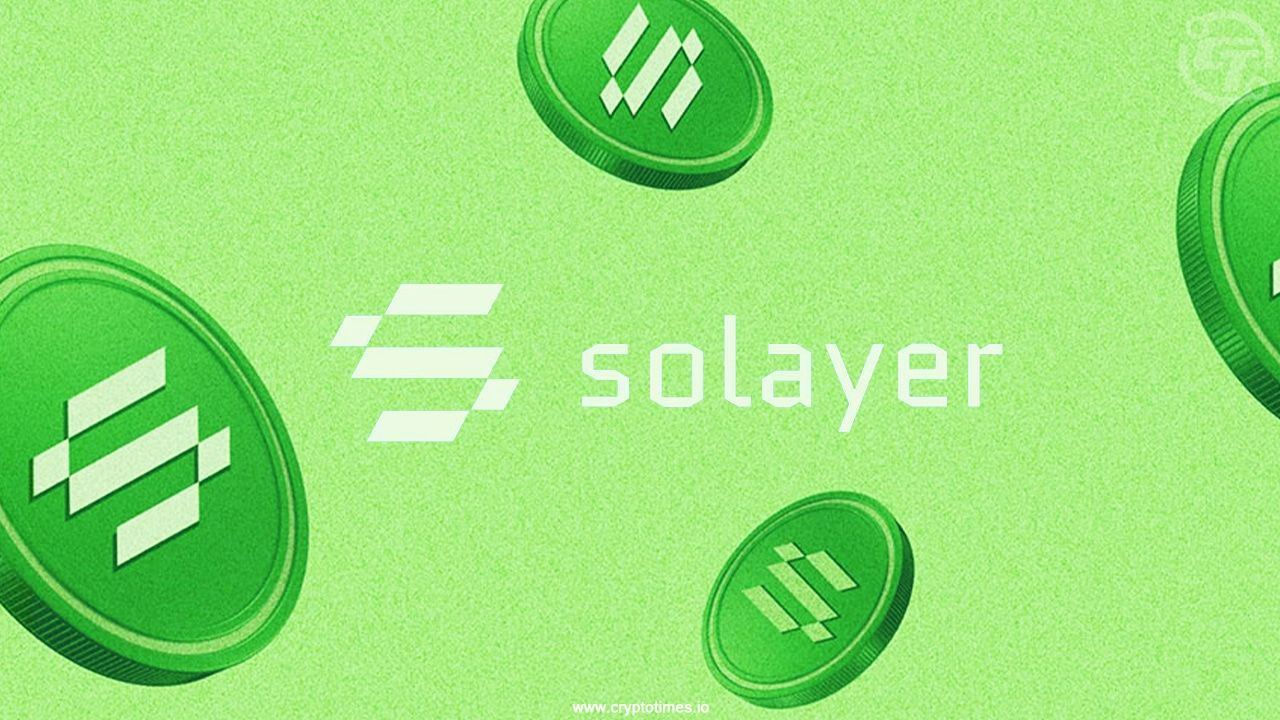
Background
Solayer Labs has announced the tokenomics for its upcoming $LAYER token, with a total supply of 1 billion tokens and an initial circulating supply of 220 million. A 12% allocation will be distributed via an airdrop to over 250,000 eligible users.
Key Points
Token Supply & Circulation: $LAYER will have a total supply of 1 billion, with 220 million tokens circulating at launch.
Airdrop Details: 12% of the total supply is allocated for the airdrop, with eligibility checks on February 7 and allocation checks on February 10.
Claiming Timeline: The airdrop claim starts on February 11 and will remain open for 30 days.
Staking Benefits: Users with longer staking periods and higher amounts staked will receive larger airdrop allocations.
- Market Reception: The tokenomics have been well-received, signaling a structured and strategic launch for $LAYER.
Key Takeaway
With a clear token distribution plan and staking incentives, Solayer Labs' $LAYER airdrop is set to drive strong early engagement, marking a significant step toward its ecosystem growth.
Dave Portnoy Doxxes His Solana Wallet After Flipping Meme Coins for $68K Profit

Background
Barstool Sports founder Dave Portnoy has publicly entered the Solana meme coin trading scene, doxxing his wallet and making $68K in profit across two trades. His involvement has sent token prices soaring, with traders tracking his moves in real time.
Key Points
Portnoy’s First Trade: He bought 2.68M MONTOYA tokens, posting about it on X, which sent the token’s market cap from $2.8M to $10M. Minutes later, he sold for 118 SOL (~$24K), netting $20K profit.
Second Trade: He purchased 152 SOL worth of MVP, a meme coin referencing Buffalo Bills QB Josh Allen, and sold within 10 minutes, making $48K profit.
Public Wallet Transparency: Portnoy acknowledged that his wallet is public, stating, "I want people to know what I’m doing. I’m not trying to be shady."
- Solana Community Reaction: After revealing his wallet, Solana users flooded it with new meme coins, many referencing Barstool Sports and Portnoy’s pets.
Key Takeaway
Dave Portnoy’s high-profile entry into Solana meme coin trading has fueled speculation and market pumps, showcasing the influence of public figures in the degen trading space.
‘Hawk Tuah Girl’ Haliey Welch and Her Lawyer Address Memecoin Collapse

Background
Haliey Welch, the viral sensation known as “Hawk Tuah girl,” attempted to explain the failed launch of her memecoin, $HAWK, in a leaked podcast episode. The token soared to a $500M valuation before crashing to $50M within 30 minutes, sparking accusations of a pump-and-dump scheme.
Key Points
Poor Token Management: Welch’s lawyer, Christian Barker, revealed that 17% of $HAWK’s supply was pre-sold, contradicting claims that it was locked for one month.
Developer Control: 80% of the token’s supply remains under the control of its developer, raising doubts about future price stability.
FaZe Banks' Accusations: Guest FaZe Banks claimed the leaked podcast was an attempt to pump $HAWK’s price, after noticing a suspicious volume spike on Feb. 2.
Welch’s Financial Deal: Welch was promised $125,000 upfront, $200,000 for branding, and 5% of $HAWK’s supply (with a one-year lockup), but her non-crypto team was unaware of key token mechanics.
- Final Lesson: Welch shared advice from Wiz Khalifa, stating: "Don’t ever put your name on something you don’t understand."
Key Takeaway
The $HAWK memecoin debacle highlights mismanagement, insider selling, and lack of transparency, reinforcing the risks of celebrity-backed crypto projects with little due diligence.
Trump’s Crypto Czar and Congress Push for ‘Regulatory Clarity’

Background
The Trump administration and Congress are making a major push for clear crypto regulations, with David Sacks, Trump’s senior adviser on AI and crypto, promising long-awaited "rules of the road" for the industry. The initiative comes as lawmakers focus on stablecoins, tokenization, and debanking concerns affecting crypto firms.
Key Points
Regulatory Shift: David Sacks vowed that the crypto crackdown under SEC Chair Gary Gensler is over, with the new focus on regulatory clarity.
Stablecoin Legislation: Senator Bill Hagerty introduced a bill to regulate stablecoin issuers and potentially boost real-world asset tokenization.
Debanking Controversy: The Senate Banking Committee held hearings on the alleged debanking of crypto firms, a major concern raised by Coinbase, Kraken, and VC Marc Andreessen.
SEC Commissioner Hester Peirce's Stance: Peirce emphasized that crypto investors should accept market risks, marking a pro-business shift from previous regulatory crackdowns.
- Democrats Under Pressure: Anthony Scaramucci predicted that Congress will pass crypto legislation by March 2026, citing Democrats' fears of losing more political ground after crypto PACs spent heavily in the 2024 elections.
Key Takeaway
With Republican leadership driving pro-crypto policies, Congress is moving closer to passing stablecoin and crypto legislation, signaling a potential regulatory breakthrough for the industry.
Tornado Cash Dev Alexey Pertsev Granted Bail, Defense Calls It ‘Crucial Step’

Background
Tornado Cash developer Alexey Pertsev has been granted bail after nearly two years in detention, marking a key moment in his legal battle. Pertsev was convicted of money laundering $1.2 billion through the crypto mixer and sentenced to five years in prison, but his legal team argues that he should not be held responsible for how users interact with decentralized protocols.
Key Points
Bail Granted: A Dutch court approved Pertsev’s release on Feb. 7, allowing him to prepare his defense with access to resources like the internet.
Developer Liability Debate: His legal team argues that developers should not be held liable for misuse of decentralized protocols, a stance also taken by Roman Storm, another Tornado Cash co-founder facing trial in the U.S. in April.
Legal Precedent Concerns: If upheld, Pertsev’s conviction could set a precedent that stifles innovation and creates legal uncertainty for developers in decentralized finance.
- Crypto Community Support: Industry figures, including Vitalik Buterin, have contributed funds to Pertsev’s legal defense, with some backing JusticeDAO, a decentralized effort to support developers facing legal action.
Key Takeaway
Pertsev’s bail is a major development in the ongoing debate over developer responsibility in DeFi, with the crypto community closely watching the case’s implications for privacy, regulation, and decentralized protocols.
Ondo Finance Unveils Layer-1 Blockchain for Institutional RWA Tokenization

Background
Ondo Finance has announced Ondo Chain, a Layer-1 blockchain designed for institutional real-world asset (RWA) tokenization. The network aims to provide Wall Street firms with a secure, permissioned environment for tokenizing assets while allowing broader participation for developers and token issuers.
Key Points
Institutional Focus: Ondo Chain will cater to financial institutions for prime brokerage, cross-collateralized margin trading, and wealth management.
Major Backers: Development is advised by firms including BlackRock, PayPal, Morgan Stanley, Franklin Templeton, WisdomTree, Google Cloud, and ABN Amro.
Validator Model: The network will use staked RWAs to secure transactions while operating on a permissioned system to prevent MEV and front-running.
World Liberty Financial’s Interest: Chase Herro, co-founder of Trump-affiliated World Liberty Financial (WLF), stated that WLF will create a "strategic reserve" of tokens, including ONDO.
- WLF’s ONDO Purchases: On Feb. 6, WLF acquired $470,000 worth of ONDO tokens, following an earlier $270,000 purchase in December.
Key Takeaway
With heavy institutional backing and regulatory safeguards, Ondo Chain positions itself as a key player in the RWA tokenization space, while Trump-linked WLF’s involvement signals increasing institutional crypto adoption.
AI Tokens Plunge Up to 90% from 2024 Highs Amid Liquidity Shifts

Background
AI-related cryptocurrencies have suffered massive declines, with some tokens losing up to 90% of their value since January 2024 highs. Traders attribute the sell-off more to shifting market liquidity than to issues with the projects themselves.
Key Points
Major Declines: Leading AI agent tokens such as AI Rig Complex (ARC), ElizaOS (AI16Z), and Virtuals (VIRTUAL) have dropped between 75% and 90% in market capitalization.
Market-Wide Sell-Off: The total crypto market cap has fallen 16% since January highs, with AI tokens losing over $4 billion, dropping from $10B to $6B.
Trump’s Memecoin Effect: The launch of Trump’s Official TRUMP memecoin, which surged to an $80B market cap, pulled significant liquidity away from AI and memecoins, contributing to the drawdown.
Macroeconomic Pressures: Trump’s 25% tariff threats on Canada and Mexico also triggered market-wide volatility, disproportionately affecting smaller and emerging crypto projects.
- Long-Term Optimism: Despite short-term losses, traders see strong fundamentals in AI tokens, with asset manager VanEck predicting 1 million AI agents on blockchains by 2025.
Key Takeaway
AI tokens have been hit hard by liquidity shifts and macroeconomic uncertainty, but their long-term potential remains strong, with increasing adoption in Web3, autonomous finance, and blockchain AI integration.
Berachain’s BERA Airdrop Criticized Despite $1.5B Market Cap Surge
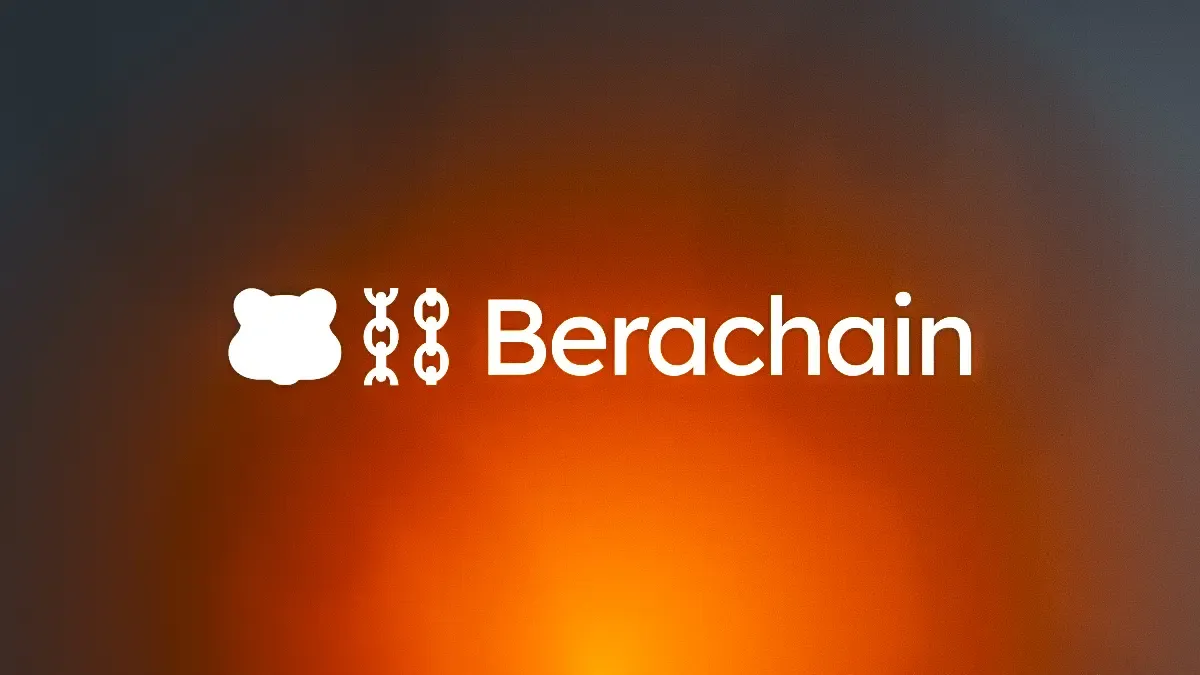
Background
Berachain’s native token, BERA, skyrocketed 71% following its airdrop and mainnet launch, reaching a $1.5 billion market cap before settling at $1.3 billion. While the project has attracted institutional backing and exchange listings, critics argue the tokenomics favor insiders over the community.
Key Points
Airdrop & Market Performance: 79 million BERA tokens were distributed, with 8.25 million going to testnet users and 1.25 million to social media participants. The price surged to $14.83 before pulling back to $13.
Tokenomics Breakdown: Of 500M total supply,
16.8% goes to core contributors
34.3% to investors
48.9% to community initiatives, ecosystem growth, and the airdrop
Skepticism Over Innovation: Critics claim Berachain is an Ethereum fork with no real innovation, calling it a "VC insider grift" where early backers bought in at $50M valuations.
Strategic Market Timing: Analysts argue Berachain timed its launch to coincide with peak market conditions, allowing early investors to hedge by shorting perpetual futures.
- Institutional & Community Support: Magic Eden, Chainlink, Binance, and OKX have supported Berachain, while some developers praise its ecosystem and liquidity model.
Key Takeaway
Despite criticism of its tokenomics and timing, BERA’s strong exchange listings, liquidity incentives, and institutional backing position it as a major player in the Layer-1 space, though long-term adoption remains uncertain.
BNB Chain’s Test Memecoin Soars to $52M Market Cap After CZ’s X Post
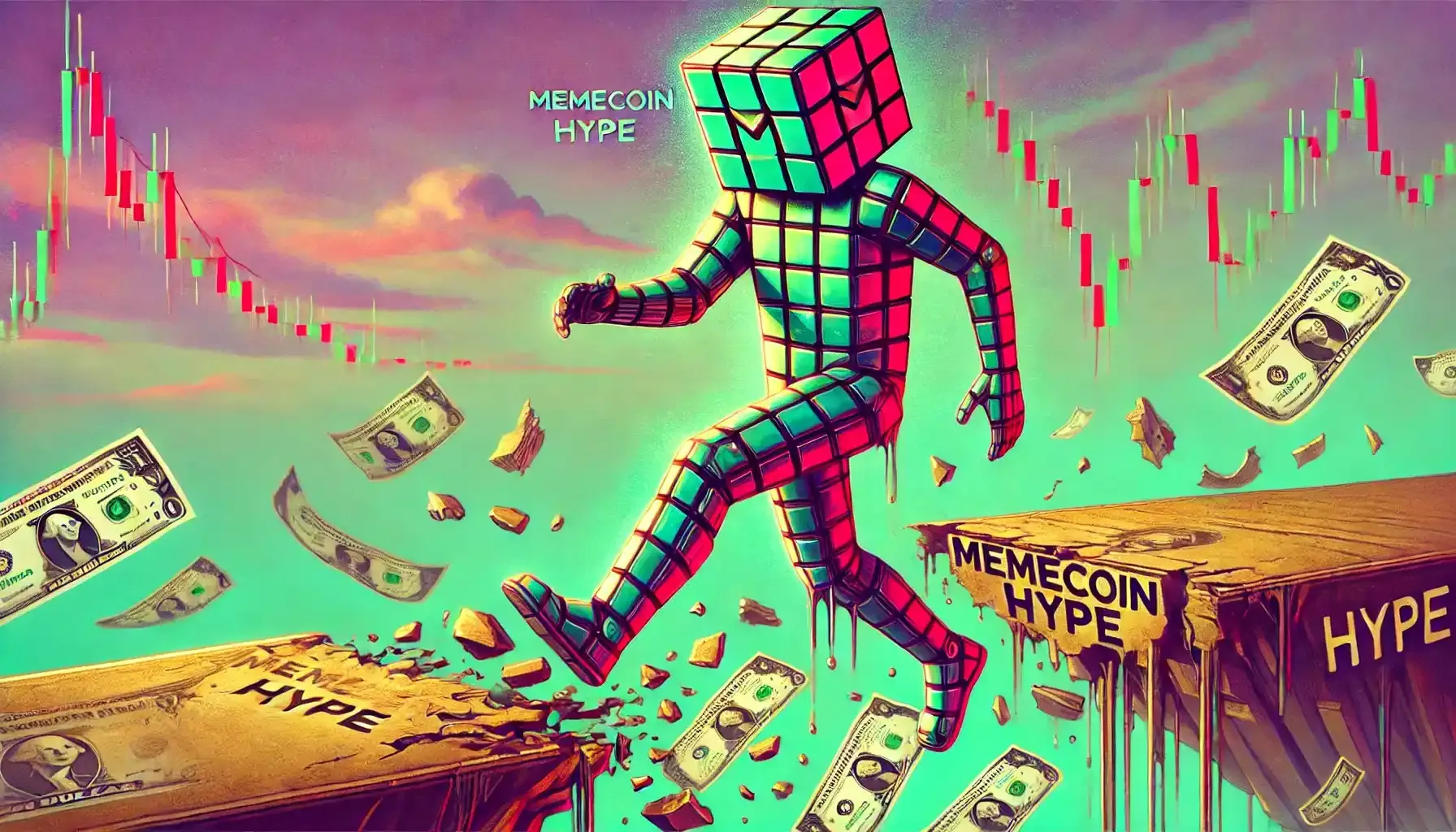
Background
A BNB Chain test memecoin (TST) skyrocketed to a $52 million market cap within minutes after Changpeng “CZ” Zhao mentioned it in an X post. The unexpected surge was driven by Chinese crypto influencers, despite CZ clarifying that TST is not an official BNB Chain token.
Key Points
TST’s Explosive Surge: The memecoin’s price spiked 22,500%, reaching a peak market cap of $52M before dropping to $15M.
Origin of Hype: CZ’s casual mention of “happy trading!” fueled speculation, leading traders to rush into the token.
No Binance Affiliation: CZ clarified that neither Binance nor BNB Chain hold TST, and the team deleted the tutorial video that originally featured the token.
Influencer-Driven Trading: Chinese key opinion leaders (KOLs) played a major role in amplifying the token’s market movement.
- CZ’s Binance Comeback: CZ has recently returned to Binance Labs (now YZi Labs) as part of his investment activities following a four-month U.S. prison sentence.
Key Takeaway
The TST surge highlights how quickly crypto speculation can spiral, especially when linked to high-profile figures like CZ. Despite the BNB Chain team’s clarification, memecoin traders continue to chase hype-driven opportunities.
What is DeFAI? The Emerging Convergence of DeFi and AI
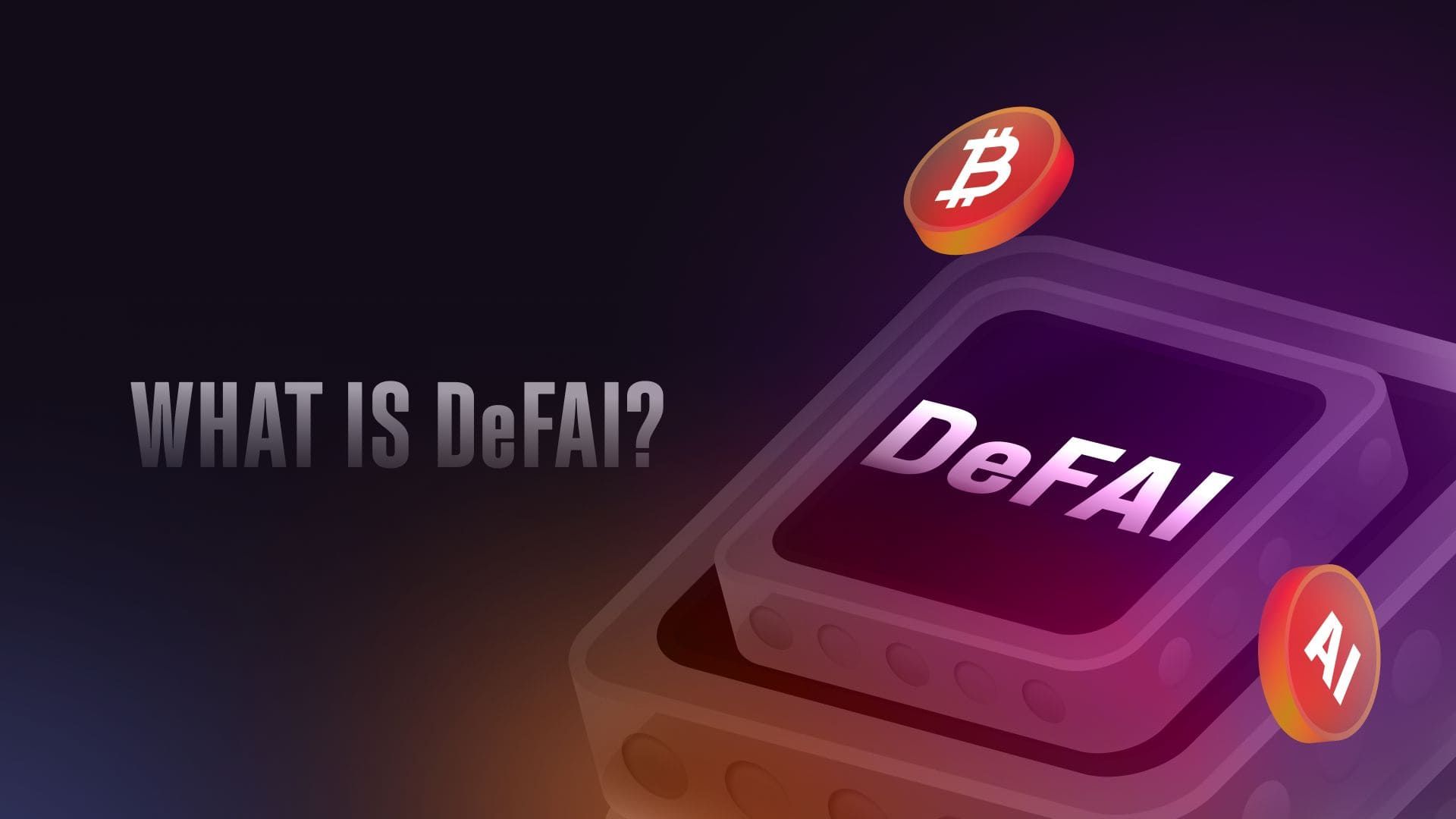
Background
DeFAI (DeFi + AI) is an emerging sector where artificial intelligence agents execute on-chain financial actions based on user prompts. This fusion streamlines DeFi interactions, automates research, and enhances security, potentially making AI agents a key component of the next-generation DeFi experience.
Key Points
AI-Driven On-Chain Actions: DeFAI agents allow users to execute trades, swaps, and deposits by simply entering a text prompt, reducing complexity for both new and experienced users.
Automating Research & Risk Management: AI-powered tools, like those from Clustr Labs, analyze protocol documentation, GitHub repositories, and yield opportunities, saving users hours of manual research.
Security & Scam Prevention: DeFAI platforms can whitelist verified projects, helping users avoid phishing scams and malicious transactions in an increasingly risky DeFi environment.
Simplifying DeFi Navigation: Projects like Orbit allow users to enter prompts like “Where can I deposit USDC for the highest yield?”, and the AI agent will bridge funds if necessary and deposit into the best platform.
- Early-Stage Growth: DeFAI is still in its infancy, but AI-integrated DeFi platforms are expected to become a mainstream feature of the Web3 ecosystem.
Key Takeaway
DeFAI is poised to revolutionize DeFi by making it more accessible, efficient, and secure, potentially replacing traditional hot wallets and manual research processes with intelligent AI-driven automation.